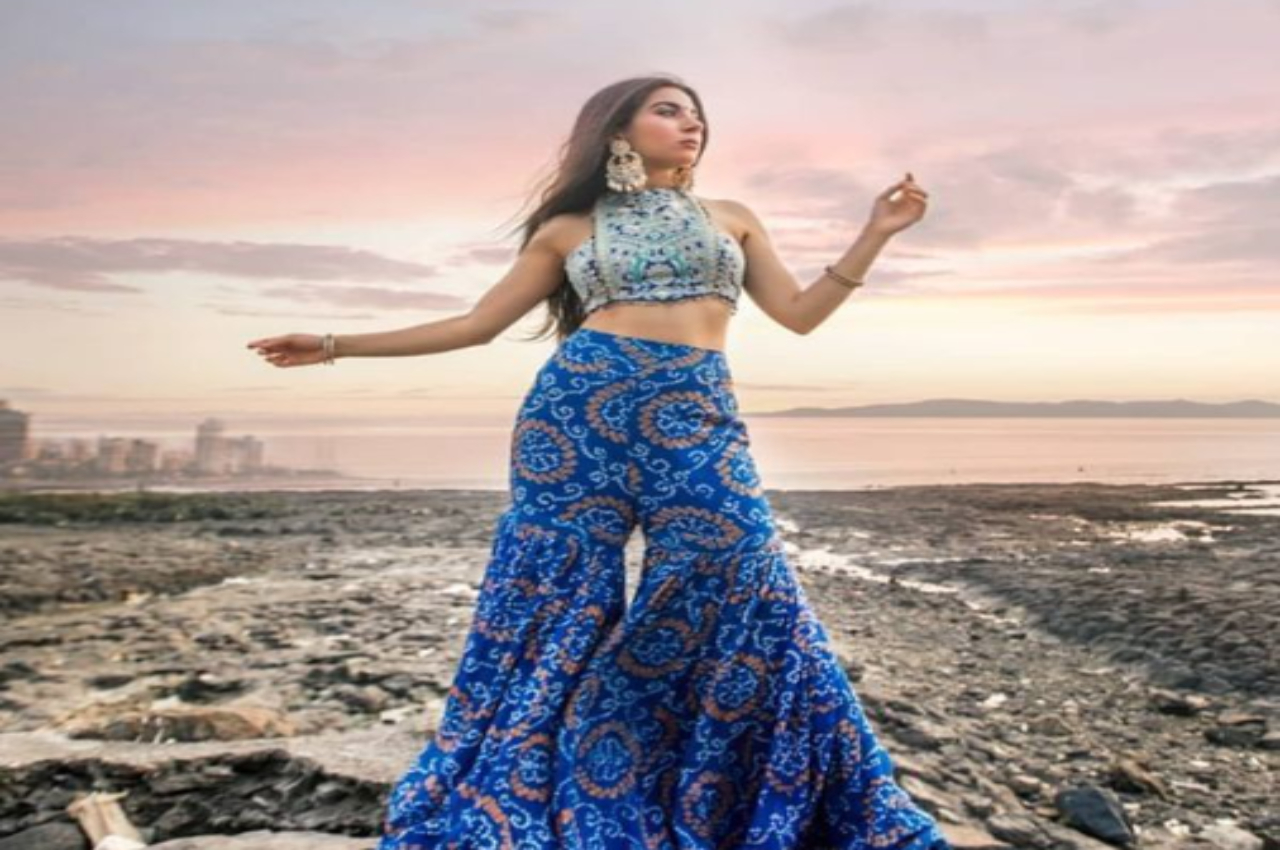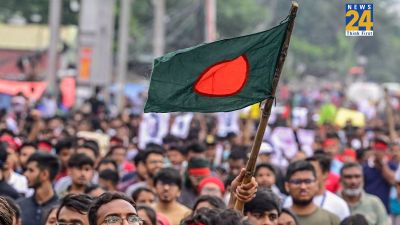Bandhani: The first known tie-dye technique in India is bandhani. Many people think that this method of die was initially used by the Muslim Khatri community in the Kutch region.
Bandhani, often spelt Bandhej or Bandhni, is a centuries-old kind of tie-dye textile craft that originated in the Indian state of Gujarat. Before dying a piece of fabric, it is necessary to tie tiny points or knots on it, creating a range of intricate patterns and designs. Sarees, dupattas (length scarves), turbans, and other traditional clothing are frequently made from bandhani.
Bandhani Technique: History
Bandhani dates back more than 5,000 years to the prehistoric Indus Valley Civilization. Tie-dye textiles have been found during excavations at the Mohenjo-daro and Harappa archaeological sites, proving that the method has been used in the area for thousands of years.
How does it work?
The choice of a lightweight fabric, typically cotton or silk, is the first step in the creation of Bandhani cloth. The fabric is dyed in a base colour after washing. Then, expert craftspeople painstakingly tie tiny knots in the fabric using thread. These knots act as points of resistance, keeping the colour away from particular regions.
The fabric is prepped with knots before being submerged in a dye bath. Typically, the fabric is dyed several times, with a different colour being used in each bath. After each dyeing, the artists meticulously untie the knots to reveal the portions of the fabric that remained uncolored. Various pieces of the fabric are knotted and coloured in this manner repeatedly to produce complex patterns and designs.
Many contemporary designers like, Anita Dongre, Sabyasachi, Neeta Lulla and Urvashi Kaur are famous for their Bandhani works.













